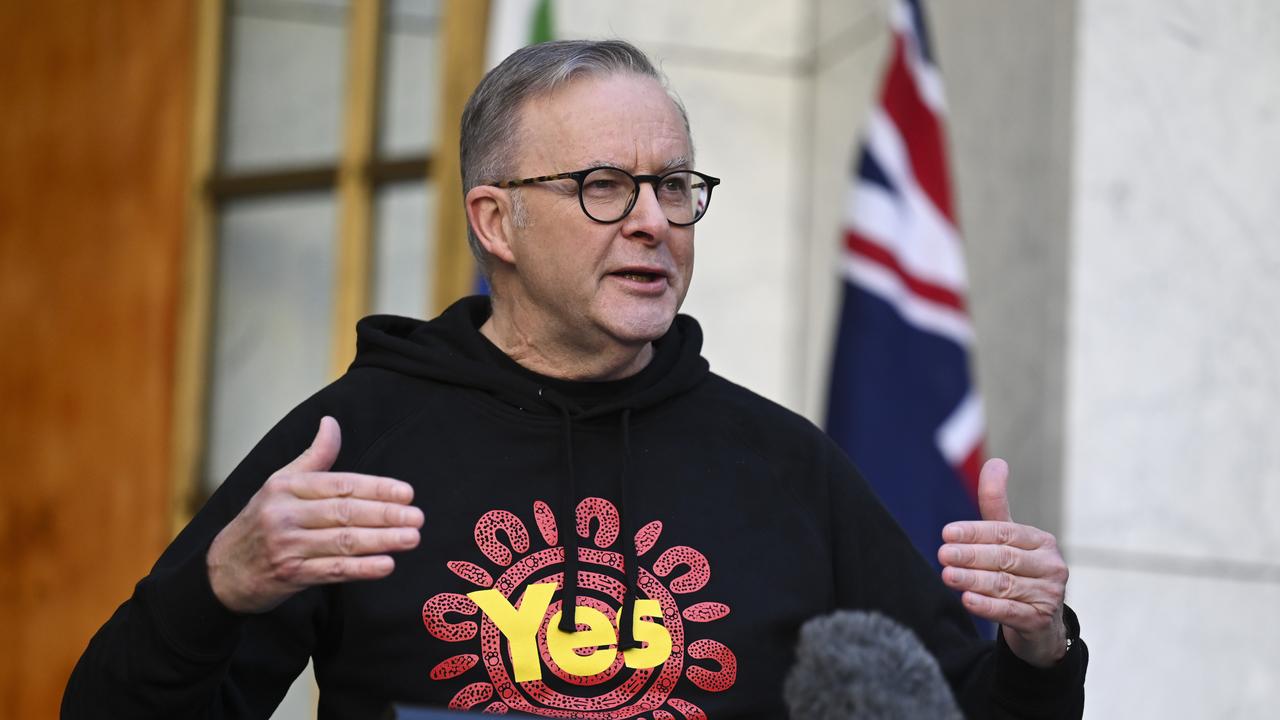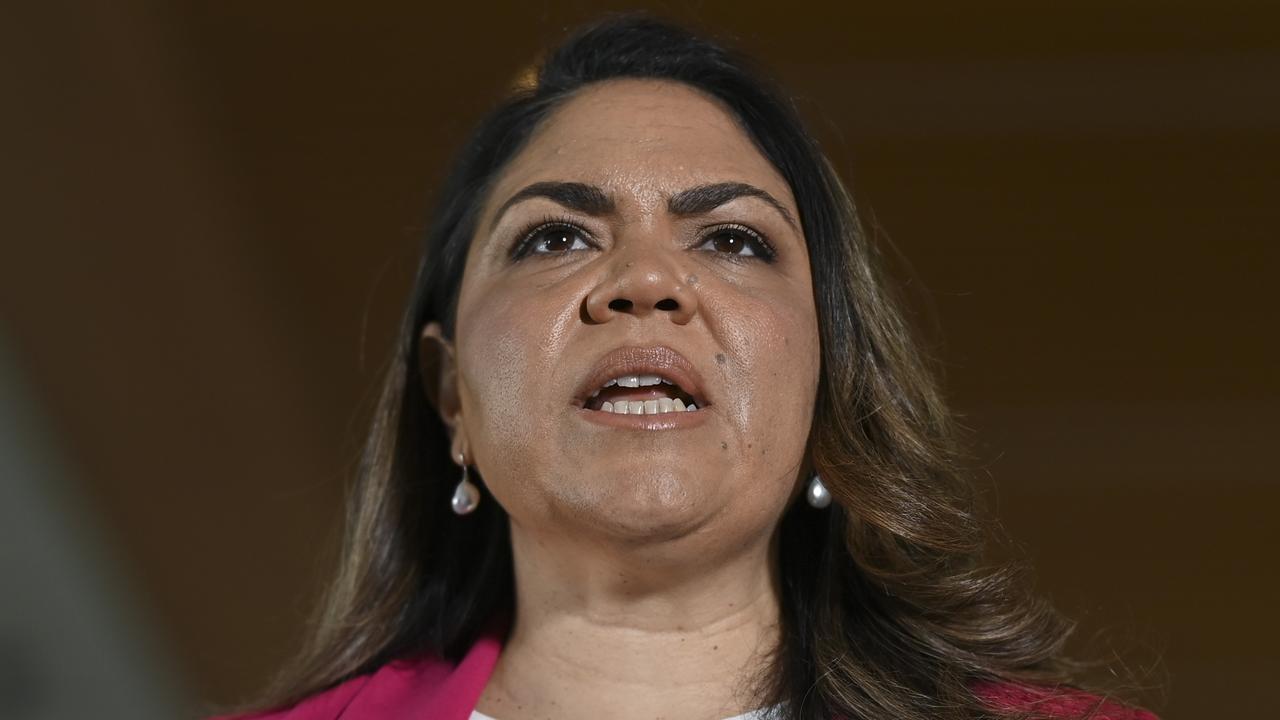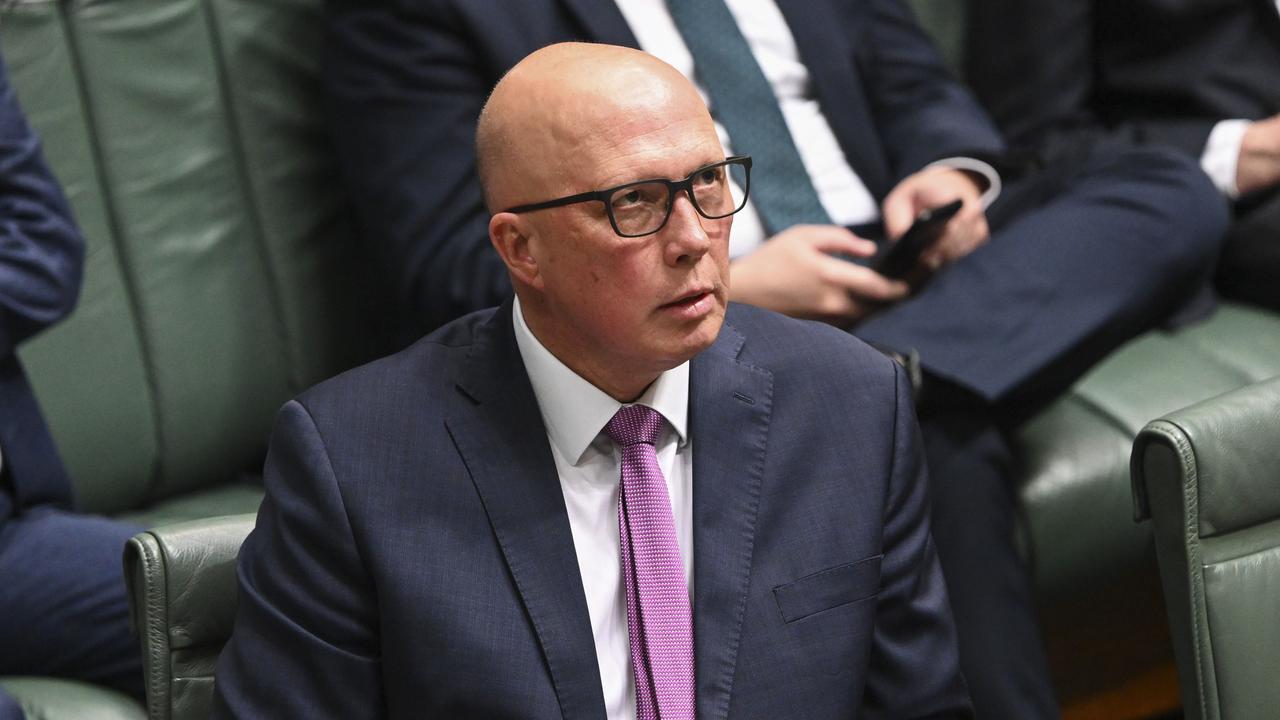Voice to Parliament: Yes and No arguments explained
As the Yes and No sides ramp up their campaigns in the lead-up to the referendum, here’s what the Voice to Parliament is all about.
Australians will head to the polls in less than a month to decide whether to enshrine an Indigenous Voice to Parliament in the Constitution, though many voters remain unsure of exactly what they’ll be voting on.
In the first referendum to take place this century, voters will be asked whether they say Yes or No to a proposed advisory body called the Voice, which will speak to parliament about issues affecting Indigenous people.
While supporters say the new body will be a game changer in terms of better outcomes for Aboriginal and Torres Strait Islanders, opponents argue that it is divisive and would open the door to more change.
Here’s a breakdown of what each side says about the Voice.
THE YES ARGUMENT:
Supporters of the Voice argue that the advisory body will be a “vehicle for practical change”, allowing Indigenous people to speak directly to parliament about policy and legislation issues that directly impact them.

They say the purpose of the Voice is to “ensure people have a better life”, with Indigenous Australians facing huge challenges in terms of health, education and employment.
Characterised as a “gap” between First Nations people and non-Indigenous Australians, these challenges include an eight-year lower life expectancy, twice as high suicide rates, higher rates of disease, and barriers in terms of education and employment.
While the Voice would counsel all levels of government on such issues, it is important to note that while parliament will listen to the advice, it does not have to follow the body’s recommendations.
Prime Minister Anthony Albanese described the Voice as “an unflinching source of advice and accountability, not a third chamber, not a rolling veto, not a blank cheque, but a body with the perspective and the power and the platform to tell the government and the parliament the truth about what is working and what is not”.
However, the Commonwealth has not provided specifics about the way that advice would be delivered, nor how the Voice would interact with parliament.

The Yes campaign also argues that Indigenous-led advice will lead to better health outcomes and money saved by the taxpayer.
“Governments from both sides have invested billions in programs that haven’t fixed problems or reached communities. A Voice will help us listen to locals and save money,” the official Yes case reads.
Campaign literature has pointed to initiatives such as Indigenous rangers working on country and community-controlled Aboriginal Medical Services as examples where listening to First Nation’s peoples has led to better health and employment opportunities.
The Yes campaign argues that the Voice needs to be constitutionally enshrined to make a “powerful statement” to recognise the First Peoples of Australia and “drive practical change”.
“Voting No means nothing will change. It means accepting we can’t do better,” the pamphlet reads.
THE NO ARGUMENT:
While the Yes camp argues that the Voice is necessary to better outcomes for Indigenous Australians, the No campaign argues that it “won’t help” to close the gap.
It characterises the Voice as “more bureaucracy” within government, arguing that there are already many Indigenous representative bodies “at all levels of government” and a centralised Voice would ignore the needs of remote communities.

“What we need in Canberra is ears, not a Voice,” No campaigner and Warlpiri woman senator Jacinta Nampijinpa Price said.
Though No proponents have labelled the advisory body the “Canberra Voice”, the design principles for it ensure that there is representation from each of the states, territories and Torres Strait Islands as well as extra representatives from remote regions.
The No campaign has also argued that the Voice is “legally risky” and risks delays and dysfunctions; however, many of the claims made in the official Australian Electoral Commission pamphlet have been disputed by legal experts.
“Enshrining a Voice in the Constitution means it is open to legal challenge and interpretation by the High Court,” the campaign’s argument states.
Claims that the High Court would “ultimately determine” the powers of the Voice are untrue, according to former chief justice Robert French, who argued that there was “little or no scope for constitutional litigation arising from the words of the proposed amendment”.

The No camp also believes that enshrining the Voice in the Constitution would “open the door for activists” who seek to abolish Australia Day, change national symbols such as the flag, and give reparations to Indigenous Australians.
More Coverage
“If there is a constitutionally enshrined Voice, these calls would grow louder,” the No pamphlet reads.
While some involved with the Voice have shown personal support for such changes, Mr Albanese has ruled out changing the date of Australia Day, handing out compensation and changing national symbols.
The No campaign also alleges that enshrining the body in the Constitution would “permanently divide” Australians “in law and spirit”.




